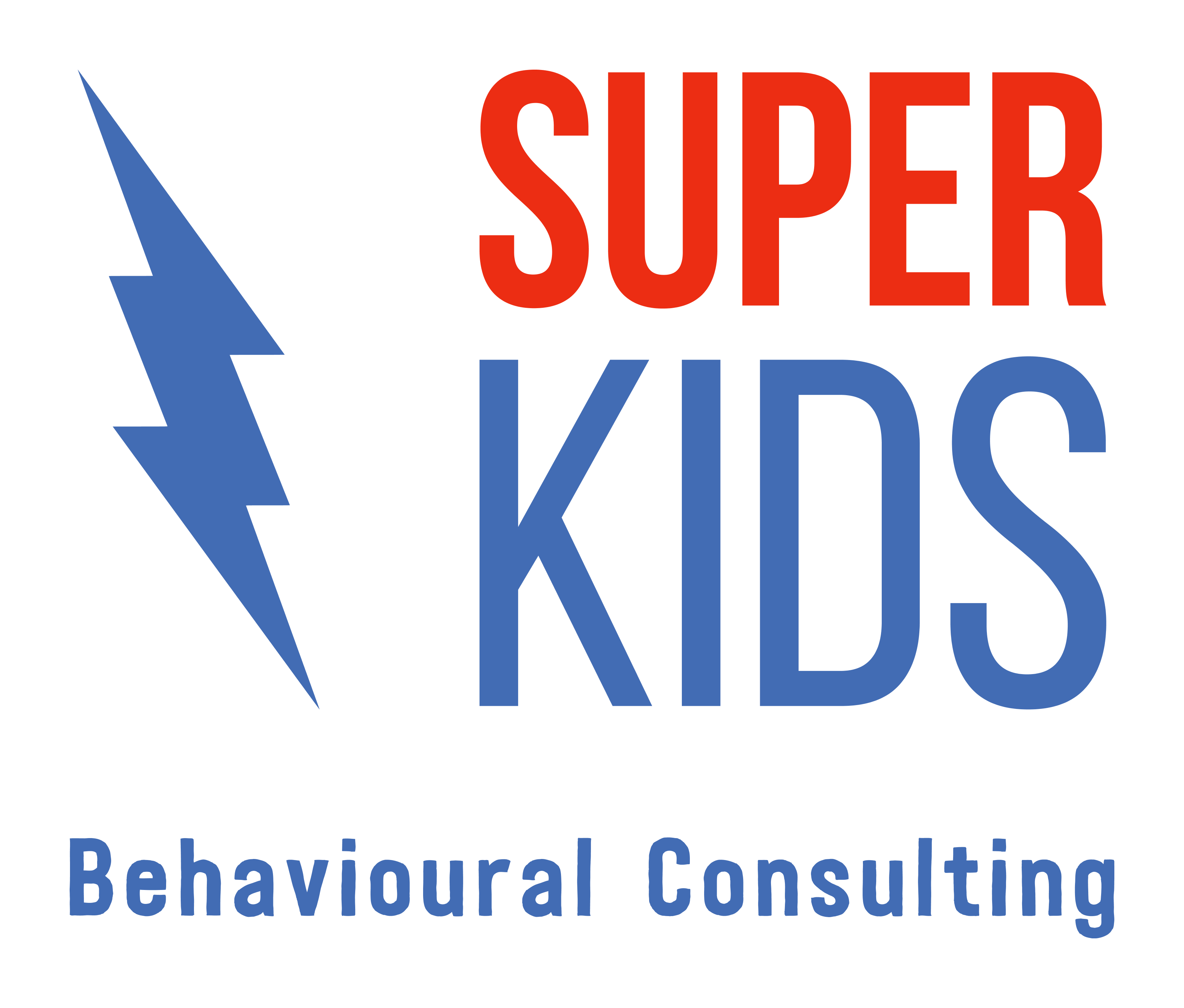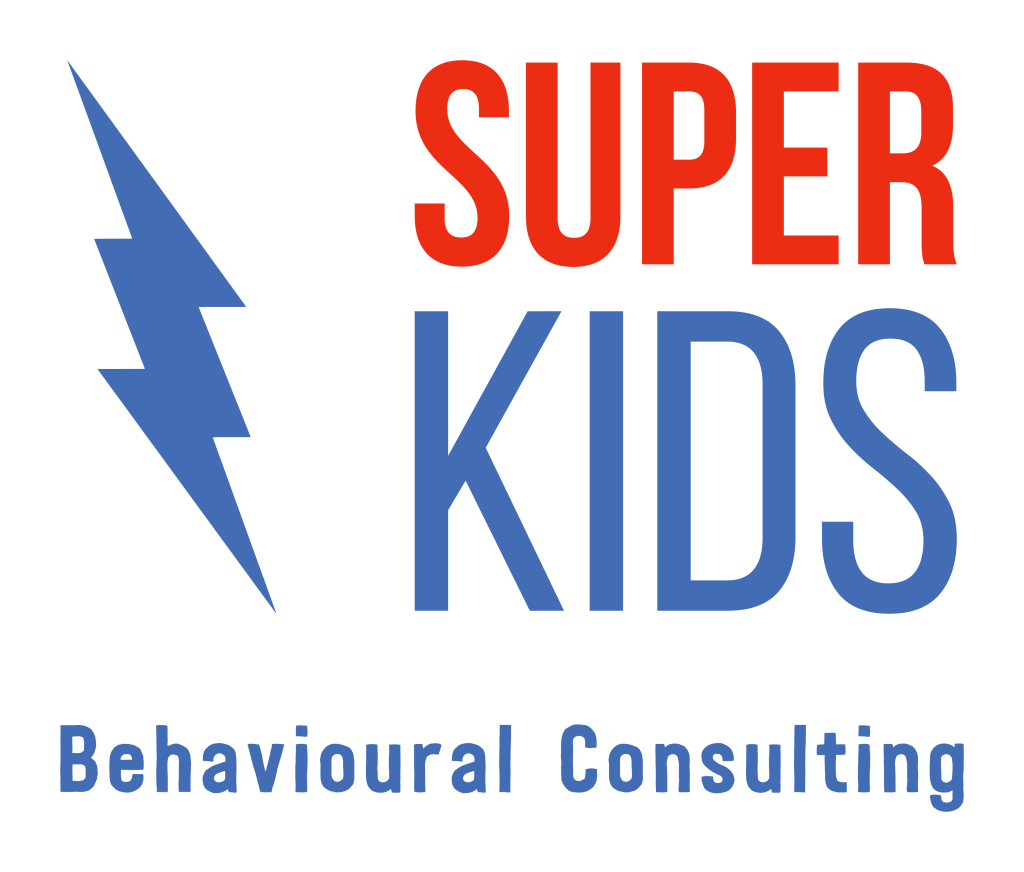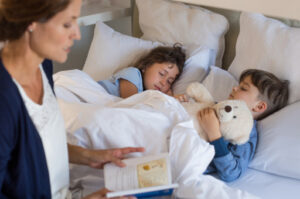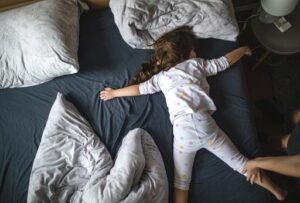Dropping daytime naps

Anita Bennett-Stewart
Behavioural Sleep Specialist & Behaviour Consultant
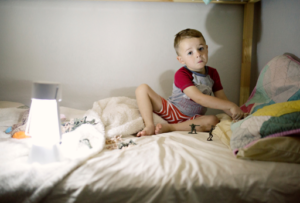
Receiving enough sleep each day and an age-appropriate amount of sleep is essential to our wellbeing. Our sleep needs change as we grow older. For preschoolers, this can include dropping a daytime nap.
How long do children typically nap for?
It is normal for young children to have a significant amount of daytime sleep, for example infants from 2-12 months old may sleep up to 5 hours during the day. As we get older, our sleep needs change. Preschoolers will typically nap only once per day for about an hour.
Why do children nap during the day?
Our sleepiness comes from our ‘sleep drive’, which builds up throughout the day like a pressure cooker. While we sleep, this pressure is released. Our sleep drive works in tandem with our Circadian Rhythm so we are sleepy at the same time each day.
How do naps impact nighttime sleep?
Daytime naps, when no longer appropriate for a child’s age, can decrease our sleep drive at night. Just like a pressure cooker, naps let off a little ‘steam’ so the child is less likely to be tired later. Once your child no longer needs to nap during the day, we recommend minimising naps during the day, especially within a few hours of bedtime.
When do children typically drop their daytime nap?
Children typically drop their daytime nap between 3 and 5 years old. Every child has their own individual sleep needs, and so when they drop their daytime nap will differ for each child.
By 5 years old, children should typically no longer need to nap during the day. If your child still requires a daytime nap after 5 years old, reach out to a medical professional or sleep specialist for advice.
How do I know my child is dropping their daytime nap?
When a child begins to drop their daytime nap, you may notice:
- Less tired at nap time – Your child may no longer be as tired during the day, and so have difficulty falling asleep at nap time.
- Time of naps – Your child may be able to stay awake for longer, therefore napping later in the day
- Less tired at bedtime – Your child may be less tired at bedtime in the evening, indicating that they have had extra sleep during the day and so slept less overnight.
- Functioning well without daytime naps – Your child may be functioning well on days that they are not napping, or choosing to rest or play instead of napping in the day.
How do I support my child to drop their daytime nap?
It is generally recommended to begin to shorten your child’s daytime nap, rather than delay their bedtime. This is often referred to as ‘capping naps’. This way, your child gradually sleeps for less time during the day and for longer overnight. It is important to:
- Maintain the same routines before bed, such as reading a book when tucking your child into bed, in order to keep nighttime sleep consistent
- Notice your child’s wakefulness during the day. If they are showing signs of persistent daytime tiredness, they may need more sleep.
It may be helpful to take notes on a Sleep Diary to keep track of your child’s sleep patterns as they drop their daytime nap, including any factors which impact their sleep. If you are concerned regarding your child’s sleep patterns, a pediatrician, GP or sleep specialist may be able to provide more individualised advice on how best to support your child with their sleep concerns.
Resources:
- Sleep Foundation (2023). ‘When Should Kids Stop Napping?’ www.sleepfoundation.org/children-and-sleep/when-do-kids-stop-napping
- Sleep Health Foundation (2023). ‘Sleep Needs Across the Lifespan’. www.sleephealthfoundation.org.au/files/pdfs/Sleep-Needs-Across-Lifespanold.pdf
Disclaimer: The advice in this article is general in nature. If your child experiences sleep difficulties, reach out to a trusted professional for further individualised advice and support.
Sleep Aids Checklist - Download
Super Kids acknowledges each individual’s personal preference to use identity-first or person-first language to describe themselves or their loved one. We interchangeably use both language conventions and therefore refer to both Autistic children and children with Autism.
